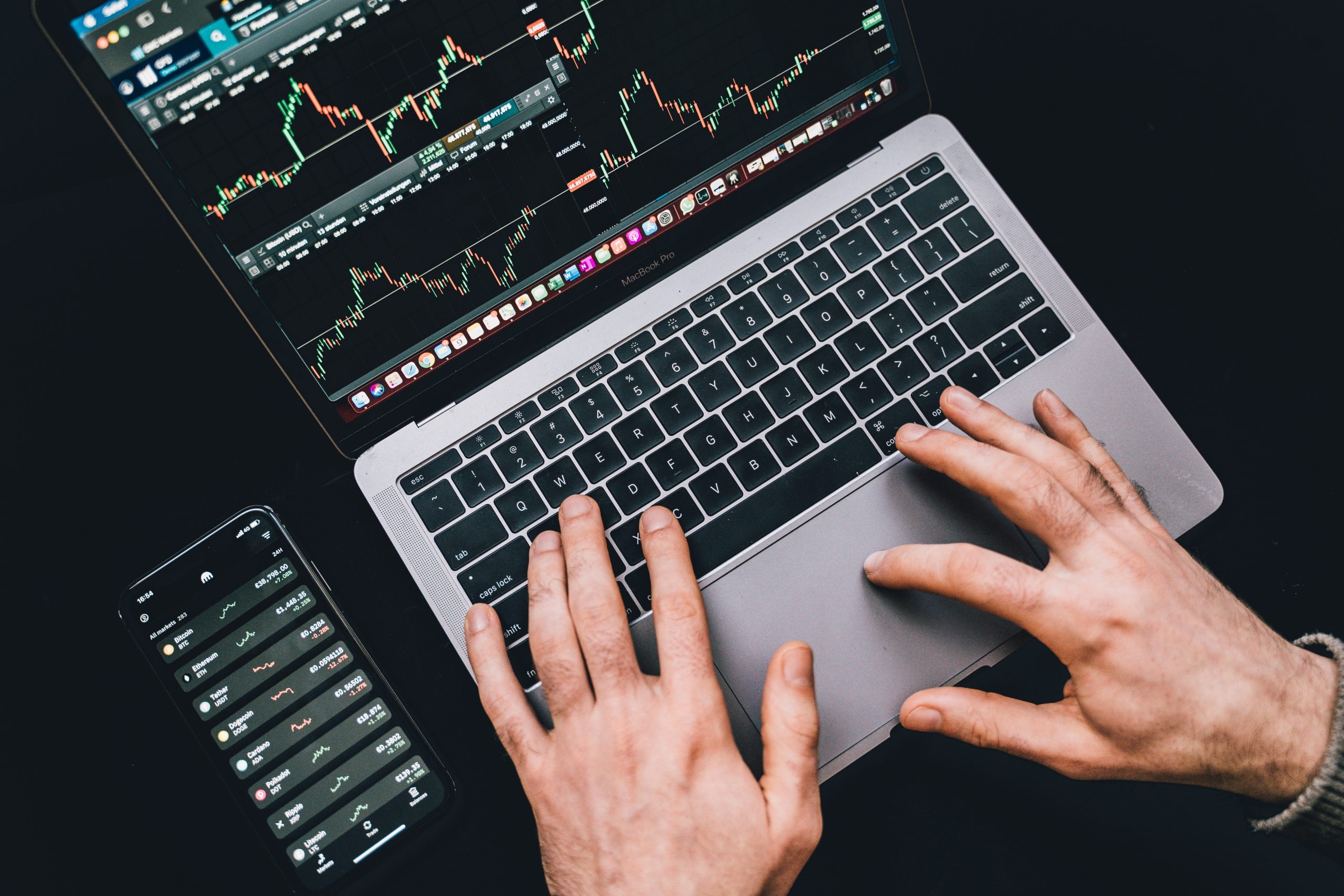When you are ready to start trading ETFs, the amount of capital you require depends on the type of ETF trader you want to be. There are three types of traders: long-term investors, swing traders, and day traders. Each type has a different set of needs regarding the preferred amount of capital to get started.
Capital requirements for ETF trading
The amount of capital you need to trade ETFs depends on your trading strategy.
If you want to be a long-term investor, you can get started with as little as $500. It is because you will be buying and holding ETFs for the long term and don’t need to worry about daily price fluctuations.
Swing traders generally need a bit more capital as they are looking to profit from short-term price movements. To swing trade successfully, you will need to have enough capital to cover the costs of your trades, as well as any losses that may occur. A good rule is to have at least $1,000 to $2,000 in your account before starting to swing trade ETFs.
If you want to day trade ETFs, you will need even more capital. It is because day trading involves opening and closing trades within the same day, and you will need to have enough money in your account to cover the costs of your trades. A good rule is to have at least $5,000 in your account before starting day trade ETFs.
How to meet those capital requirements
You can meet the capital requirements for ETF trading in a few different ways. The first is to use your savings. If you have saved up enough money, you can use this to fund your ETF trading account.
Another option is to borrow money from friends or family. It can be an excellent way to get started if you don’t have the capital required. However, you should be careful with this option, as you could end up putting your relationship at risk if you cannot repay the loan.
The last option is to open a margin account with a broker. It will allow you to borrow money from the broker to fund your ETF trades. However, it is vital to be aware that there is a risk of losing more money than you have invested if the market moves against you.
No matter which option you choose, it is vital that you only use capital that you can afford to lose. It is because there is always a risk of loss when trading ETFs, and you don’t want to end up in a situation where you are struggling to pay back what you have borrowed.
The benefits of trading ETFs
ETFs, offer many benefits for traders, which is one of the reasons why they have become so popular in recent years. Some of the main benefits include
- ETFs are a low-cost way to invest in a wide range of assets. You only need to buy one ETF to gain exposure to an entire index or asset class. For example, if you want to invest in US stocks, you can do so by buying an ETF that tracks the S&P 500 Index.
- ETFs are also a very tax-efficient way to invest. It is because they are not subject to capital gains tax and only attract stamp duty on the purchase price.
- ETFs offer a high degree of flexibility, as you can trade them on a wide range of exchanges worldwide. It means that you can easily find an ETF that suits your investment needs.
- ETFs can also be used to hedge against other investments. For example, if you are worried about the performance of the stock market, you could buy an ETF that tracks a different asset class, such as bonds or gold.
The main thing to remember when it comes to trading ETFs is that you must make sure you have enough capital to meet the requirements of your chosen strategy. If you don’t have enough capital, you could end up putting your financial future at risk.


